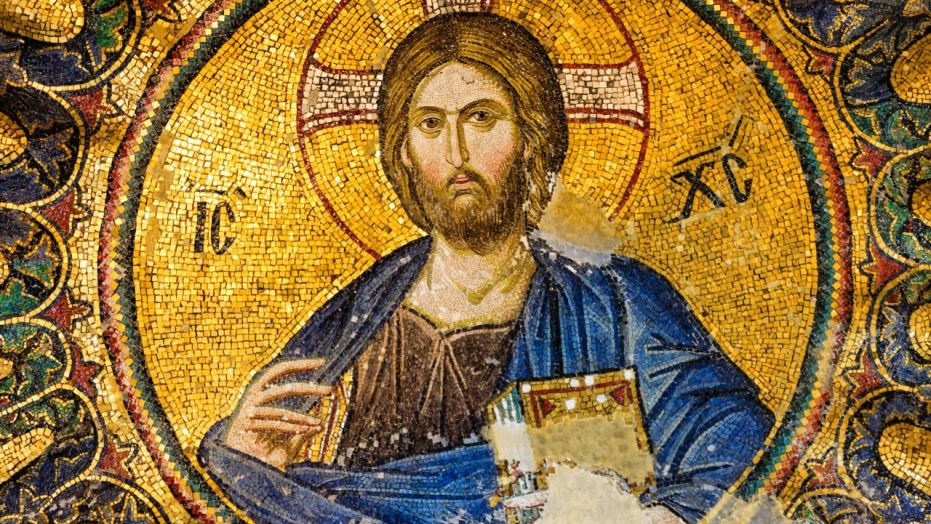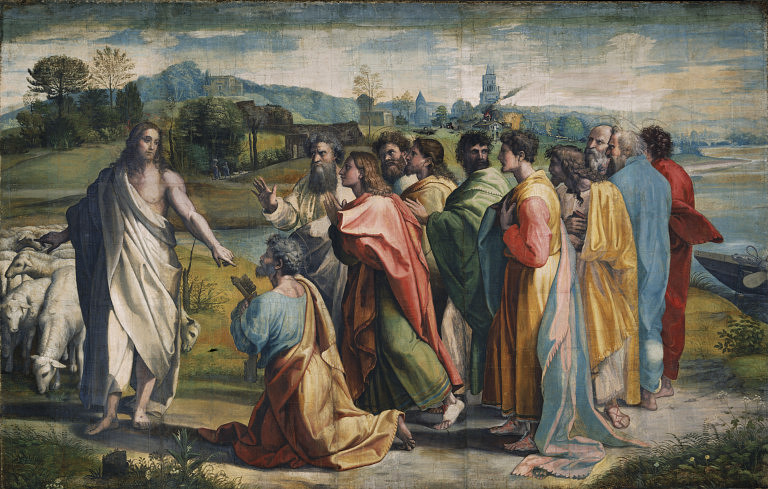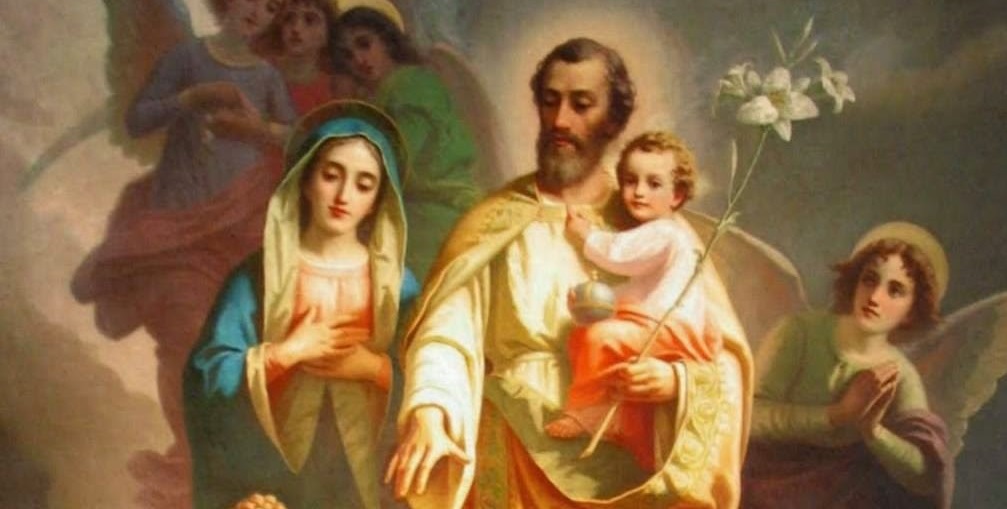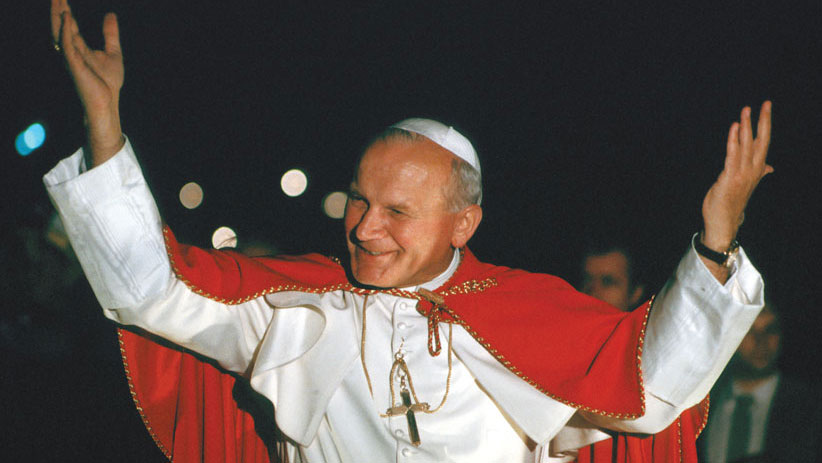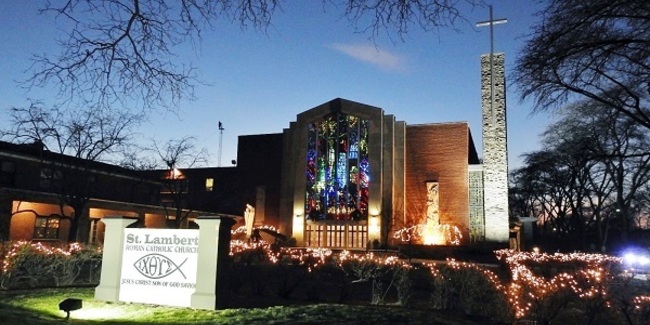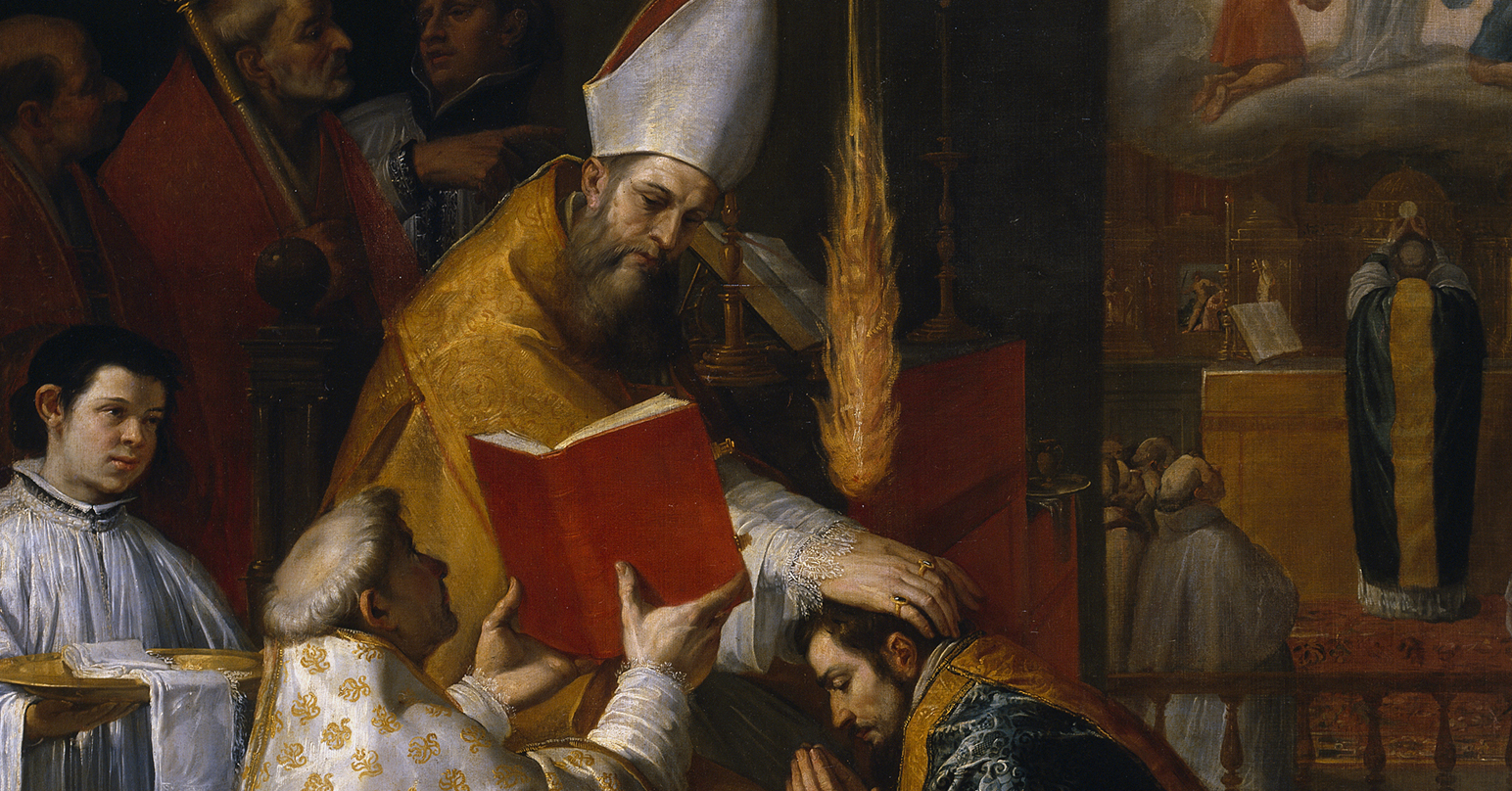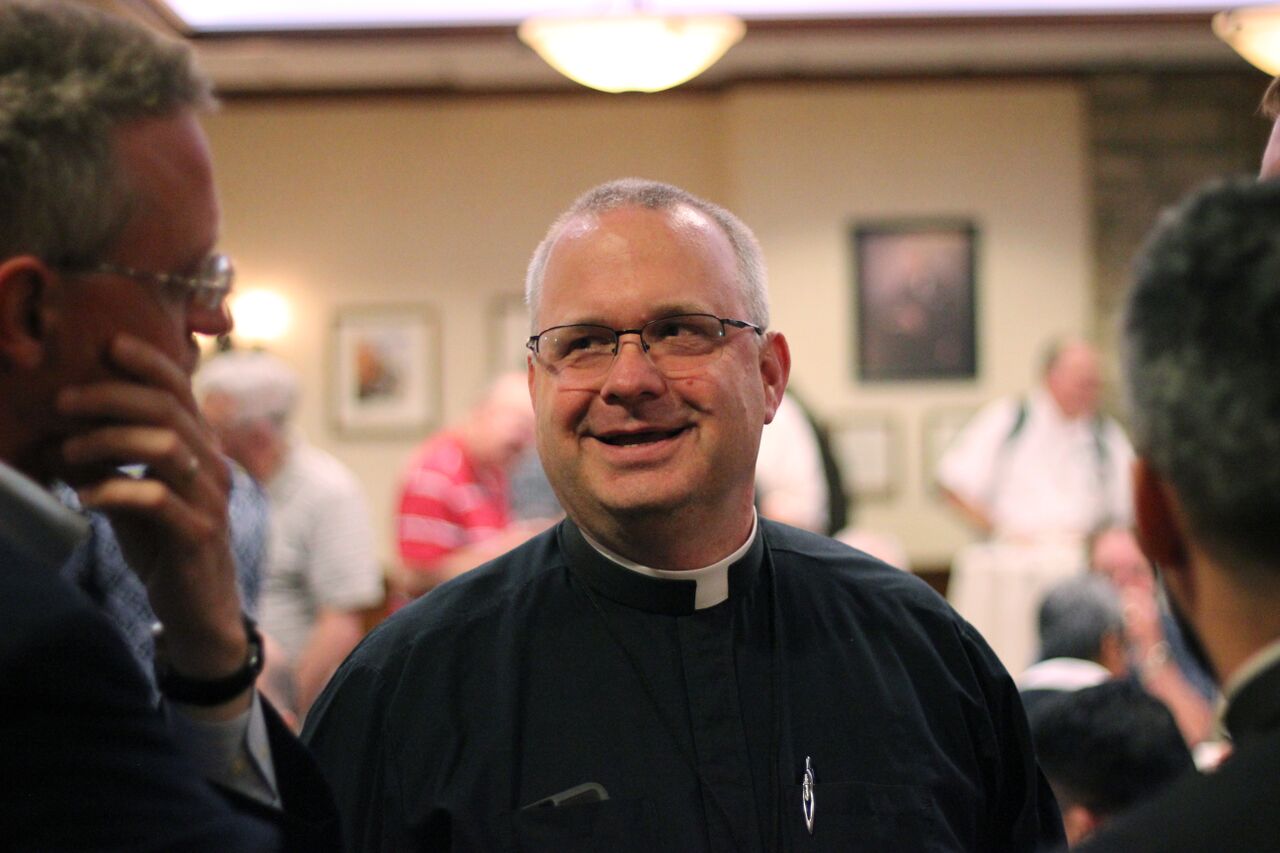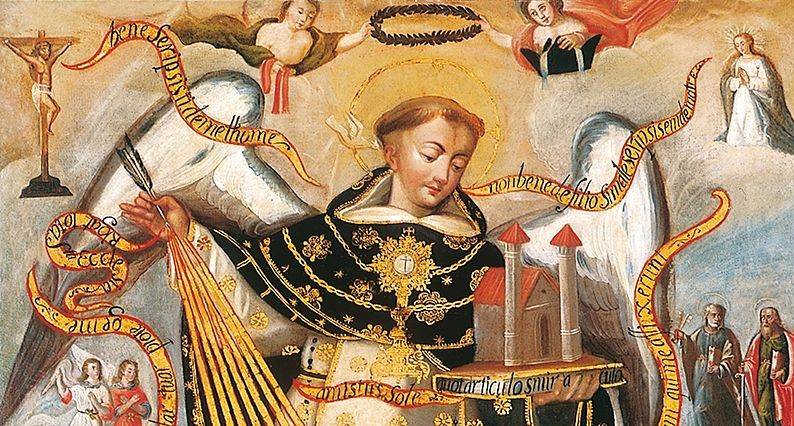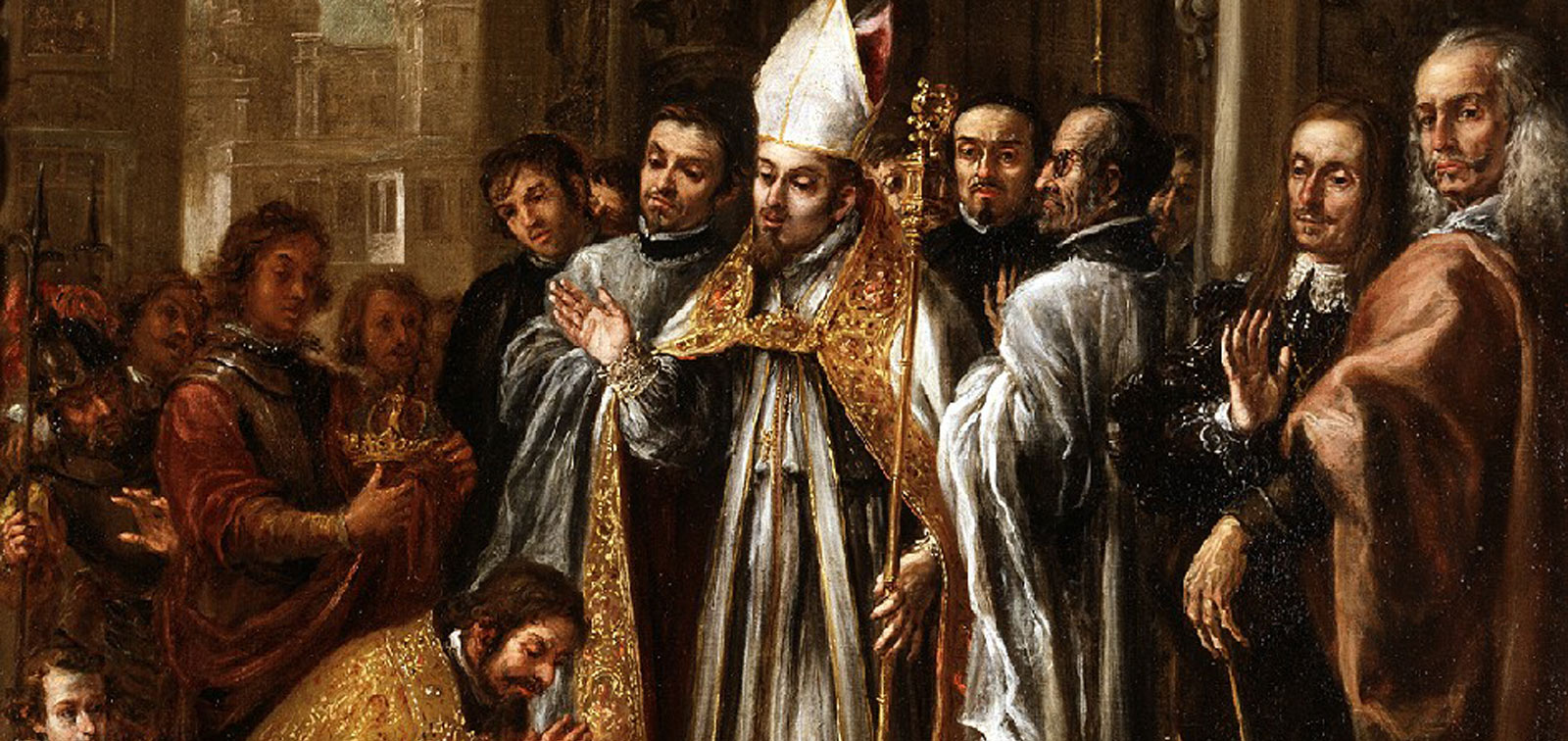Jesus as High Priest: the Significance of the Seamless Robe
Jesus went to Calvary wearing a seamless undergarment or tunic, woven from top to bottom, beneath his outer garments (John 19:23). John sees great significance in this seamless robe, because he states in 19:23 that it was “seamless” and, at the end of 19:23, that it was “in one piece” (διʼ ὅλου), though the latter is not obvious in all English translations. It certainly was a unique garment, because the tunic worn daily by men and women in Palestine was not seamless but made of two pieces of fabric sown together.
Jesus as High Priest: the Significance of the Seamless Robe Read More »
